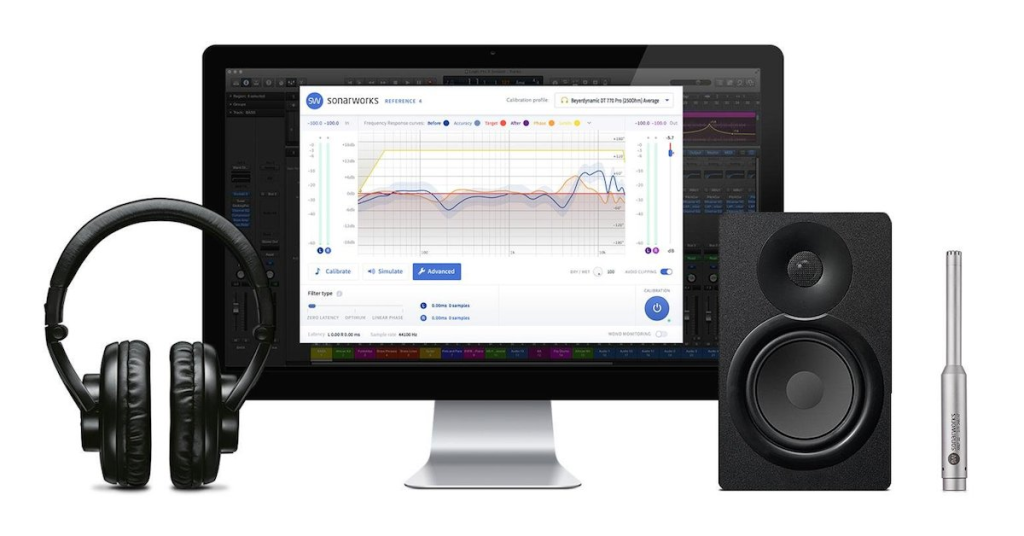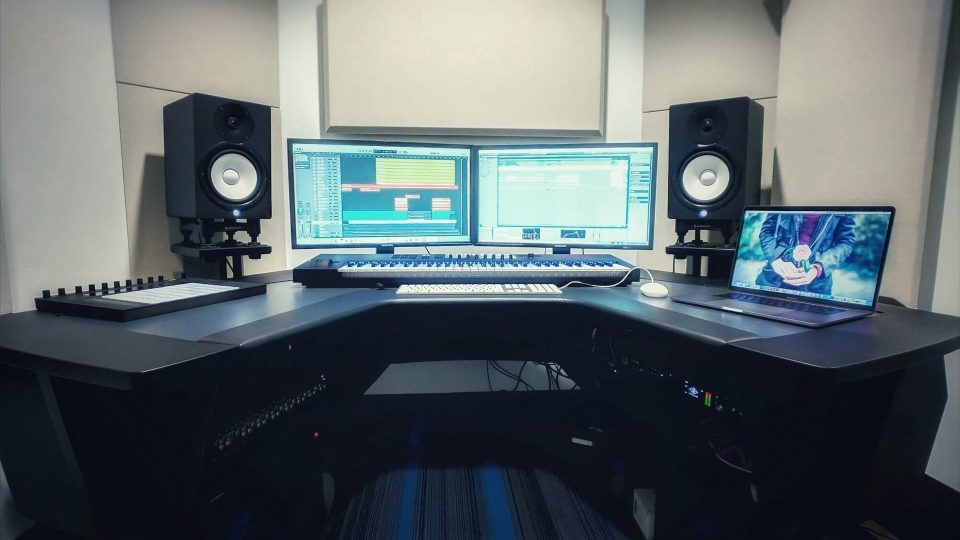Room correction methods: Harnessing acoustics for sound quality
When it comes to creating an immersive audio experience, or a critical listening experience – the significance of room correction methodologies cannot be overstated. Whether you’re setting up a home theater, a recording studio, or simply aiming to optimize your personal listening space, it’s important to understand that room correction is essential to achieve good sound quality and accurate reproduction of audio content.
Understanding room acoustics

The first step in the room correction process involves thinking about the unique acoustic properties of your space. Factors such as room dimensions, construction materials, and the placement of furniture all contribute to the characteristic sound of a room. By understanding how these elements interact with sound waves, you can identify potential challenges and tailor your correction approach accordingly.
Measurement and analysis

Accurate measurement is a hugely important starting point for effective room correction. Utilizing specialized microphones and measurement software, you can analyse the frequency response and reverberation characteristics of your room. This data helps to identify problematic areas and guide the implementation of corrective measures.
Equalization techniques

Equalization plays a pivotal role in mitigating frequency imbalances and resonances that can distort the natural sound of audio playback. Through the application of parametric or graphic equalizers, you can precisely adjust the amplitude of specific frequency bands, compensating for irregularities and achieving a more balanced and accurate sound reproduction.
Bass management

Taming bass is often a critical aspect of room correction, as low-frequency resonances can significantly impact the overall clarity and definition of audio playback. Putting up bass traps, subwoofer placement, and speaker crossover adjustments can help reduce issues related to bass buildup, and help to improve low-end response.
Diffusion and absorption

Integrating acoustic treatments such as diffusers and absorbers helps to minimize reflections and standing waves, enhancing the clarity and spatial imaging of sound within the room. Strategic placement of these treatments in reflection points and critical listening areas can contribute to a more balanced and natural acoustic environment, facilitating an immersive and engaging listening experience.
Advanced correction algorithms

Advanced digital signal processing (DSP) algorithms and room correction software offer sophisticated solutions for addressing complex room acoustics challenges. These intelligent systems leverage real-time analysis and adaptive filtering to optimize the frequency response and impulse response, ensuring accurate audio reproduction across a wide range of listening positions.
By implementing some or all of the above methods, you’ll be sure to have improved your listening experience in some way – nomatter how fancy your speakers are, they’ll never sound optimal in an acoustically untreated room.
Remember – RouteNote Create subscriptions start from as little as $2.99. You also get 10 FREE credits to spend on samples along with access to our FREE sample pack bundle when you sign-up!
